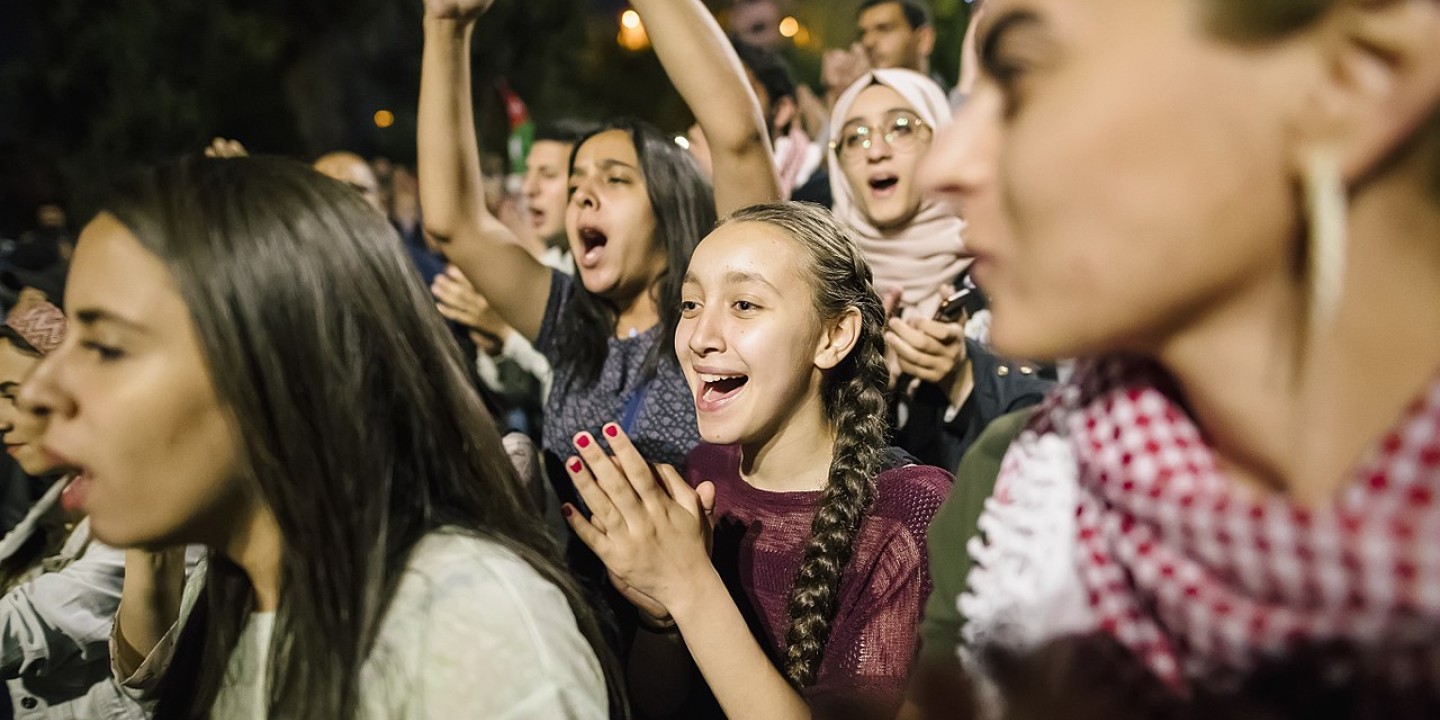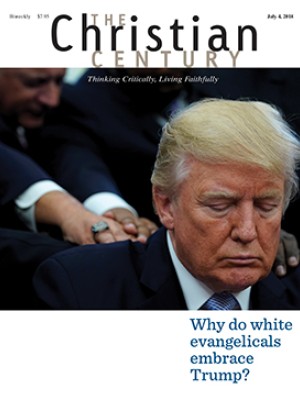Jordan's young protesters say they learned from Arab Spring mistakes
Women were fully engaged in these protests, as demonstrators rejected past divisions such as between Islamist and secular groups.

(The Christian Science Monitor) The men and women who took to Jordan’s streets were young, adamantly nonpartisan, and convinced that their greatest strength was learning from the failures of the Arab Spring.
In their view, that effort was hijacked by opposition groups that polarized societies along Islamist versus secular and nationalist versus opposition lines.
These new protests erupted after the government proposed a law that would raise income tax by 5 percent on individuals and 20 to 40 percent on companies. A short strike evolved into a nationwide protest movement for more than a week, with protesters gathering after breaking their Ramadan fast.
Read our latest issue or browse back issues.
Rather than calling on King Abdullah II to cede powers, many protesters asked the monarch to appoint a new government, dissolve parliament, and enact emergency decrees to freeze austerity measures.
The prime minister resigned, and Abdullah tasked the government with reviewing the tax system, removing “unjust” taxes, achieving “balance” of incomes for upper- and working-class Jordanians, and stimulating growth and job creation. On June 7, the new prime minister, Omar Razzaz, said the tax law would be retracted.
Instead of being led by the old guard of traditional political groups such as the Muslim Brotherhood or the Communist Party, activists and organizers were in their midtwenties to early thirties.
“This is a Jordanian movement for the core causes that affect all Jordanians: taxes, unemployment, and corruption,” said Mohammed Hussein, a 26-year-old protester. “We do not want a group to hijack this movement for their own agendas.”
They did not phrase their demands in the language of the opposition parties—social justice, freedom, political reforms, or regime reforms.
Instead, the protesters focused on the economy: reversing austerity measures that saw taxes imposed on goods ranging from lentils to pharmaceuticals and fuel prices raised five times in five months.
“When we talk about reform and freedoms, it divided people because everyone had their own view and interpretation,” said Noor Freij, 30, a protester who took part in Jordan’s Arab Spring demonstrations. “But today when we talk about something concrete—such as taxes, corruption cases, and prices—we are united.”
The approach had an impact on interaction between protesters and security forces. Social media outlets showed antiriot police and protesters shaking hands and even breaking for a predawn suhur meal together before Ramadan’s daylong fast began.
In 2011, the Arab Spring protests in Jordan were male-dominated. Islamists made women followers march in the very back, and in outlying areas, women were barred from marching. The Jordanian protests were more inclusive, with women engaged and often leading chants.
Alaa al Qadi, 25, holding up her two-year-old daughter wrapped in a Jordanian flag, said, “If women were allowed to play a greater role in the Arab Spring, we would have succeeded and not be facing these issues today.”
Protesters came in many shapes; young men with their hair in buns or wearing Harley-Davidson jackets, young women in designer jeans or traditional abayas and hijabs.
“Corrupt, we are coming for you,” they chanted. “The Jordanian people are not cowards.”
A version of this article, which was edited on June 15, appears in the print edition under the title “Jordan’s young protesters say they learned from mistakes of Arab Spring.”





